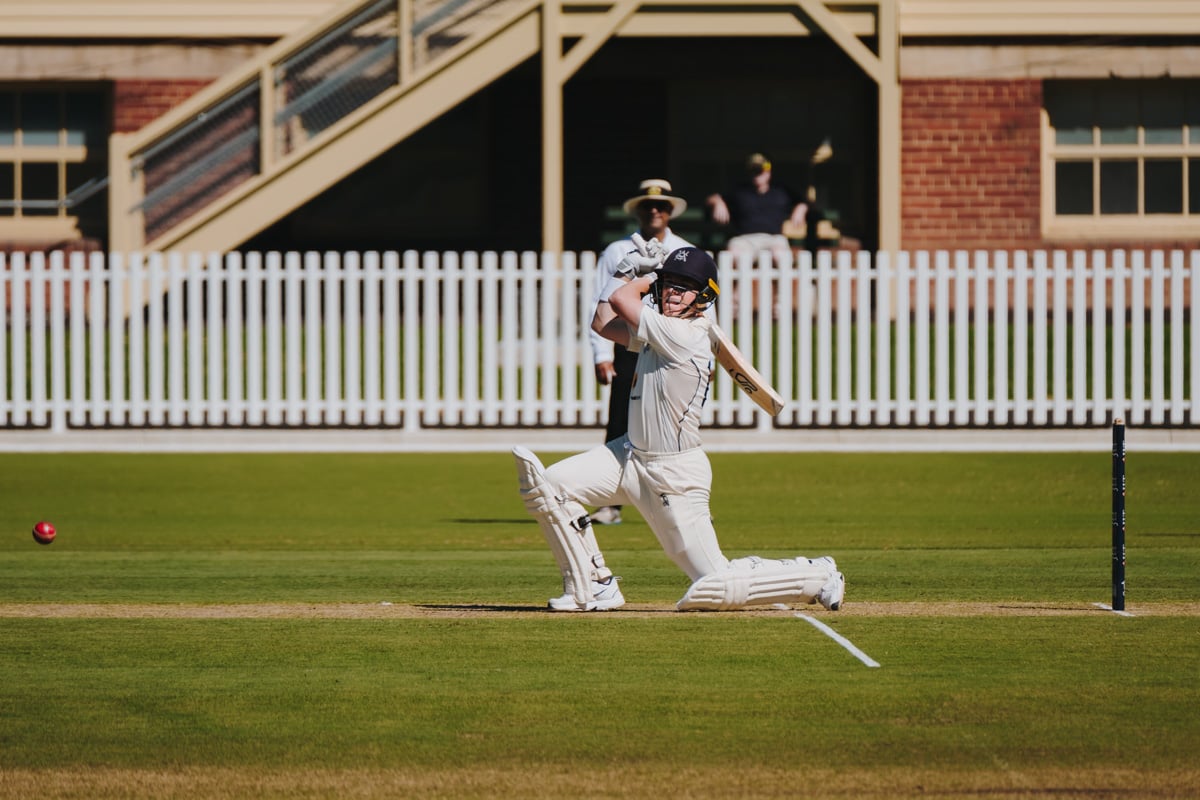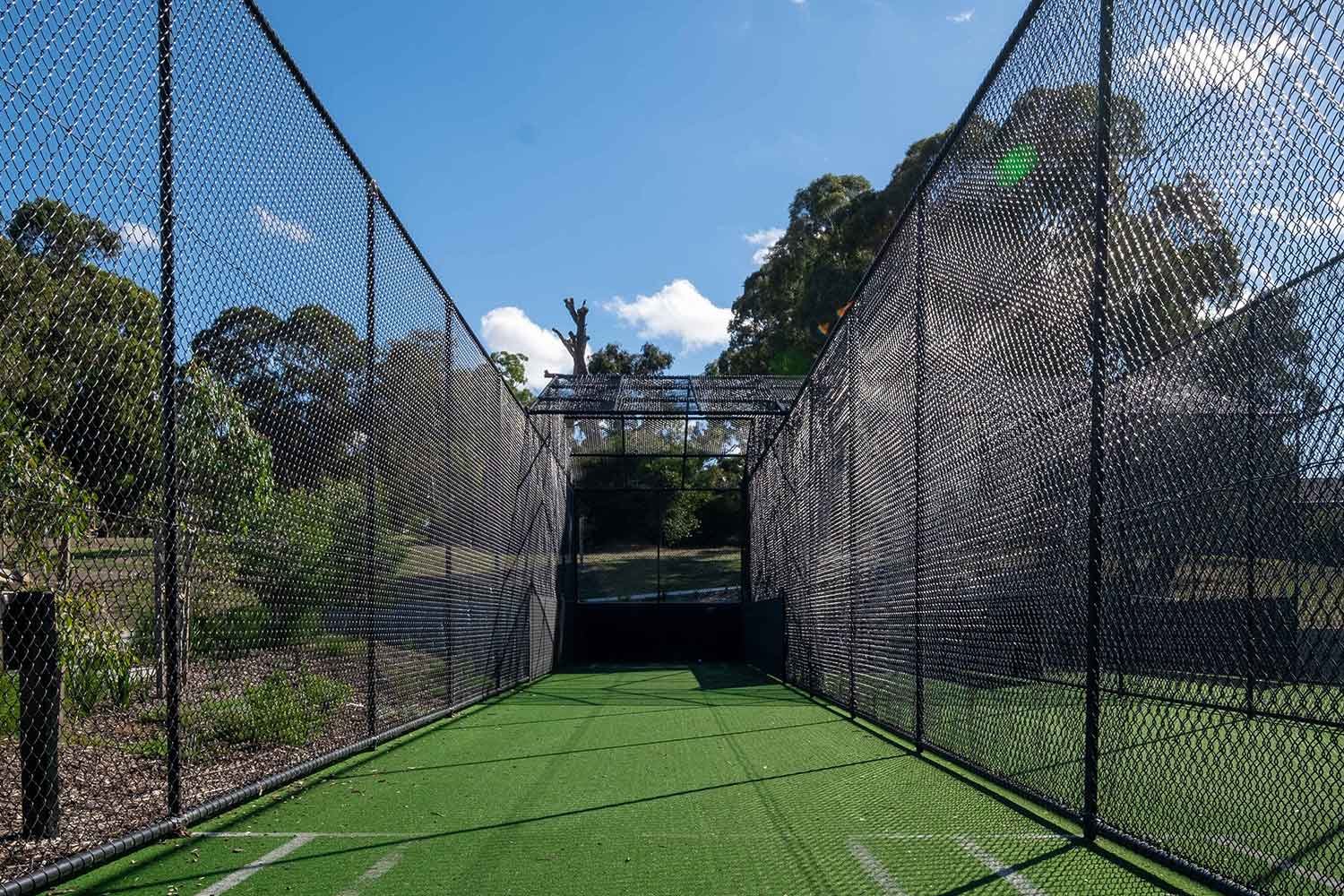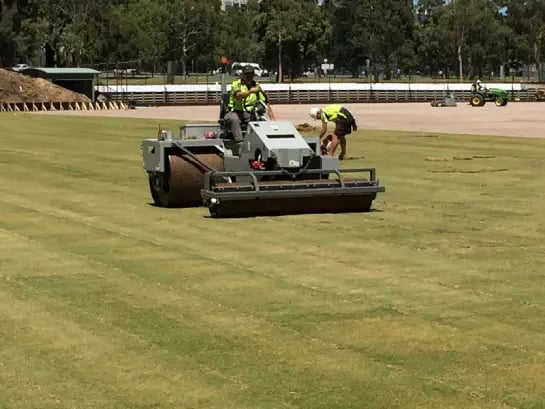SPORTENG specialises in the planning, design and construction phase consulting services of Fields of Play across all sports in Australia. Our experienced team all contribute towards designing high-quality Fields of Play for all levels of use.
The success of a cricket oval often comes down to the performance of the cricket wicket itself. The design and construction of a cricket wicket is considered an art, and heavily dependent on the properties of the material sourced for the wickets. Where we can, we use locally sourced and proven wicket soils and employ construction techniques that suit the material. This ensures we create a well-compacted base.
%20(1).webp?width=1160&height=773&name=Cricket_Overview%20(1)%20(1).webp)
When it comes to the natural turf outfield there are three key design elements:
We cover these three key elements to ensure the design of your cricket oval is completed to a high quality, while meeting your needs and the needs of Cricket Australia.
Our technical expertise underpins all our projects, and we are regularly called upon to work on projects of high significance.
No matter if you’re a governing body or a local school, you will benefit from a sports field that puts the athlete first.
We guarantee that SPORTENG’s designs will meet your needs, while complying with the Cricket Australia and AFL standards.
SPORTENG projects run on time and on budget due to our team’s comprehensive 3D design work, exceptional engineering expertise, agronomic and irrigation consultation, along with clear on-site direction.
SPORTENG lives and breathes Fields of Play. We take our love of the game from the grandstand right into our office. We’re proud to be Australia’s leading Field of Play design consultancy.
.webp?width=545&height=363&name=Cricket__DesignApproach%20(1).webp)
Our attention to detail is reflected in our mantra, ‘measure twice, cut once’.
We’re dedicated to achieving the best results for your venue and its athletes, whether it’s a local legend or the next international star.
Whether we are designing a cricket pitch for an elite venue or a community facility, our approach doesn’t change. We undertake a detailed assessment of the existing site to:
Once we have a deep understanding of the site, we brief the client to ensure the cricket pitch is delivered on time and on budget.


Here at SPORTENG, we take a sustainable approach to all our designs. Not happy with just the status quo, we always strive to investigate new designs and construction techniques that deliver positive environmental outcomes.
We believe sustainability is intertwined with sports greatness.
As part of this, we integrate your requirements, from budget to performance values, through to sustainability practices – this ensures we achieve a successful result.
We consider the multiple elements in our sustainability approach for natural turf fields of play, including:
When we design a synthetic grass pitch, there are added environmental elements we consider and address in the planning and design process:
Optimize your synthetic grass Field of Play.



.webp?width=545&height=363&name=Cricket__Engineering%20(2).webp)
%20(1).webp?width=545&height=412&name=Cricket_Engineering_2%20(1)%20(1).webp)

Here at SPORTENG, we pride ourselves on having a deep understanding key principles for the design of a natural turfcricket oval, which include:
The shape of a cricket oval, in addition to a centre turf wicket block, presents as the most challenging of all the fields of play for an irrigation design. The curved boundary makes fitting typically rectangular or triangular shaped sprinkler spacing pattern difficult. Our experienced irrigation design team are well-versed with the design for an oval irrigation
Our team also have a nuanced understanding of the key design principles for a synthetic grass surface, which differ from that of natural turf. These differences include:
When combining cricket and AFL into a synthetic oval, complications occur at the interface between the short pile synthetic grass product for the cricket wicket and the surrounding long pile AFL/CA synthetic grass outfield.
In cricket mode, this level change can be addressed with manual grooming of the infill. But when AFL season kicks off,the short pile surface requires an overlay without any step-like level changes.
Some current design solutions we implement include lowering the cricket wicket and overlaying a long pile system. Or we can insert wedges to raise the level of the outfield directly adjacent to the wicket, then allow the long pile overlay marry seamlessly into the outfield levels.
%20(1).webp?width=545&height=363&name=Cricket_Requirements%20(1)%20(1).webp)
Achieving the appropriate geometry is more than just the length and width. Run-offs need to be meet, which means that all perimeter infrastructures need to be outside the run-off offset.
The inclusion of a cricket wicket within an oval is almost unavoidable in Australia. It is rare to have an oval just for one sport without the other. The design for including synthetic cricket wickets vary from a natural turf wicket block. We have evolved our designs to provide the best outcome for both sports.
High wear areas, such as the centre square and goal squares, can be enhanced through the use of profile reinforcement or hybrid turf systems.
Practice cricket wicket enclosures are becoming more elaborate in design, as councils look to maximise their use as a multi-sport facility, rather than just cricket. The cricket enclosure complies with CA requirements, which includes the width of lanes, the extent of roof coverage and the length and height of the enclosure.
If a cricket enclosure needs to have multi-use functionalities, we will include retractable or curtain divider nets. These allow you to configure the cricket lanes and provide an unobstructed synthetic grass surface that can be used for other sports.
The AFL, in conjunction with Cricket Australia (AFL/CA), also endorses the use of synthetic grass for use as the playing surface for AFL ovals.